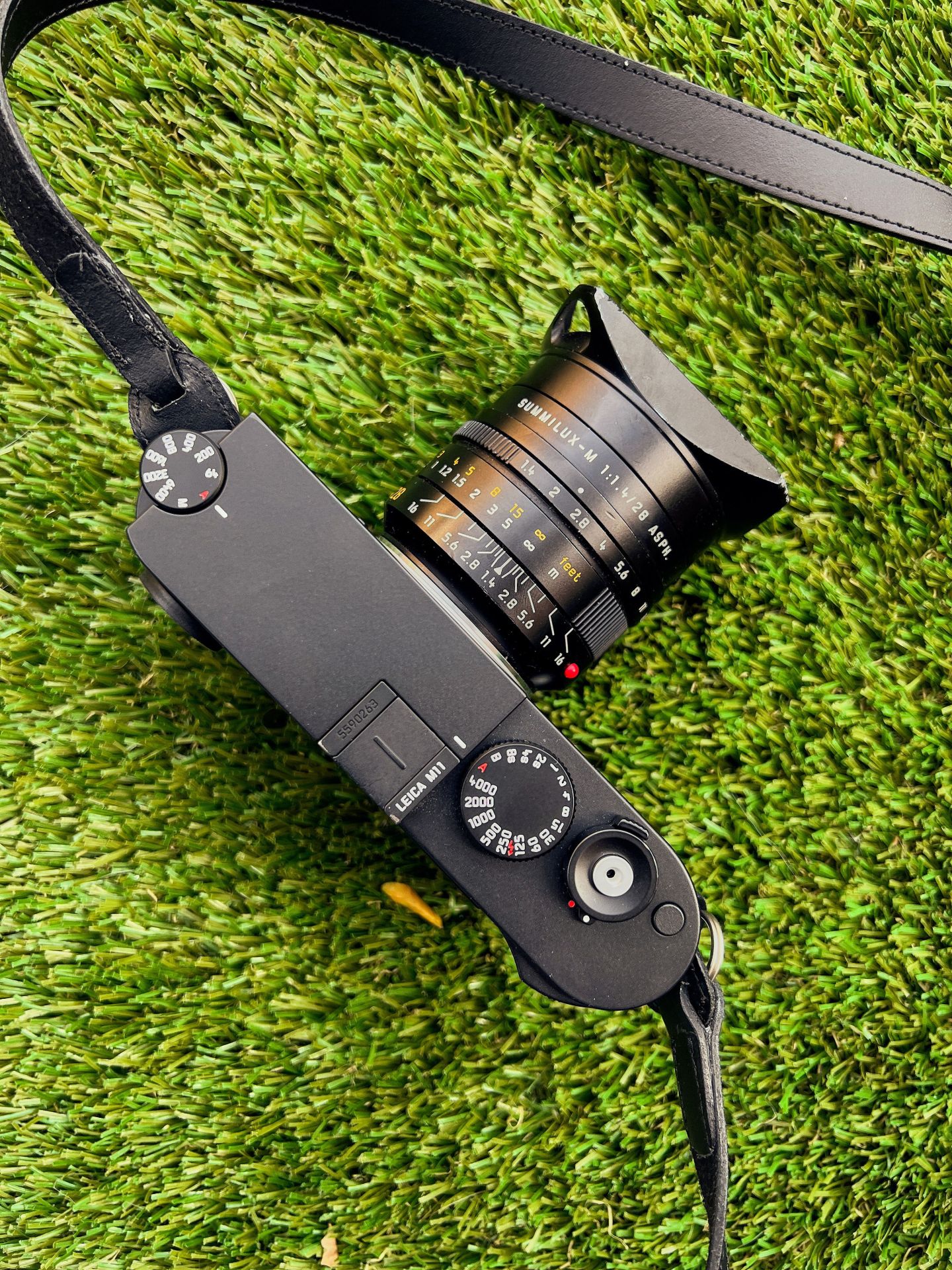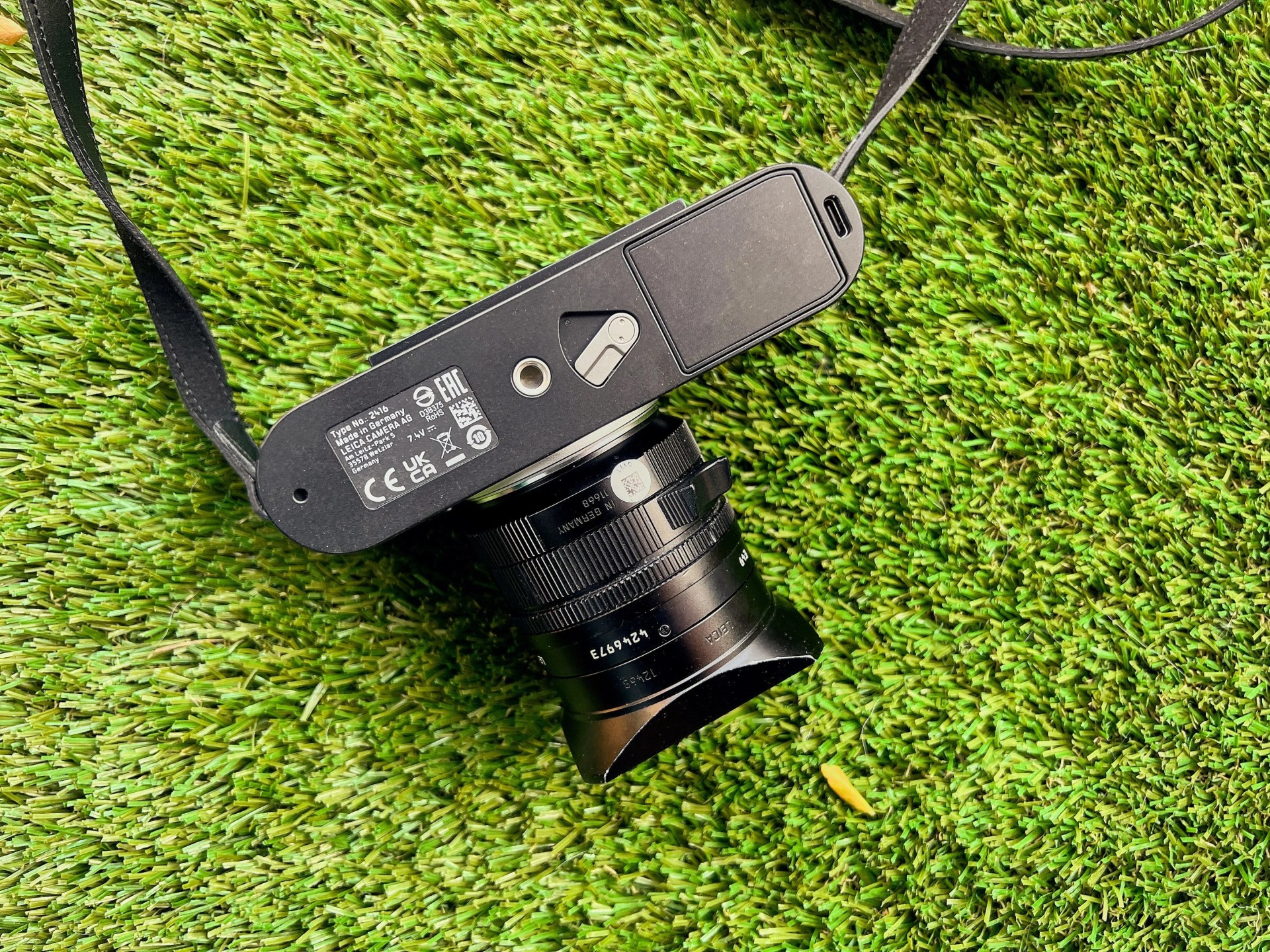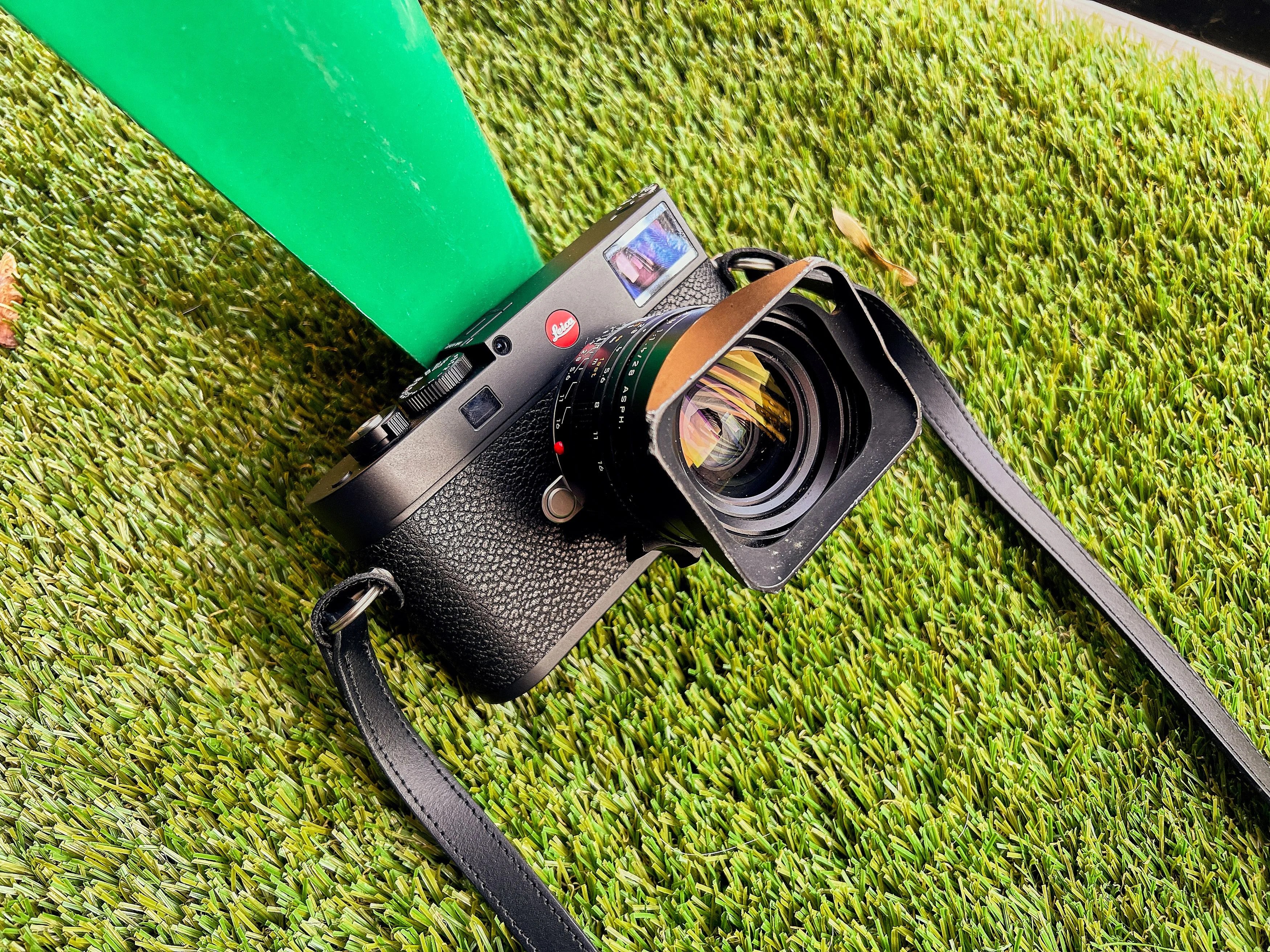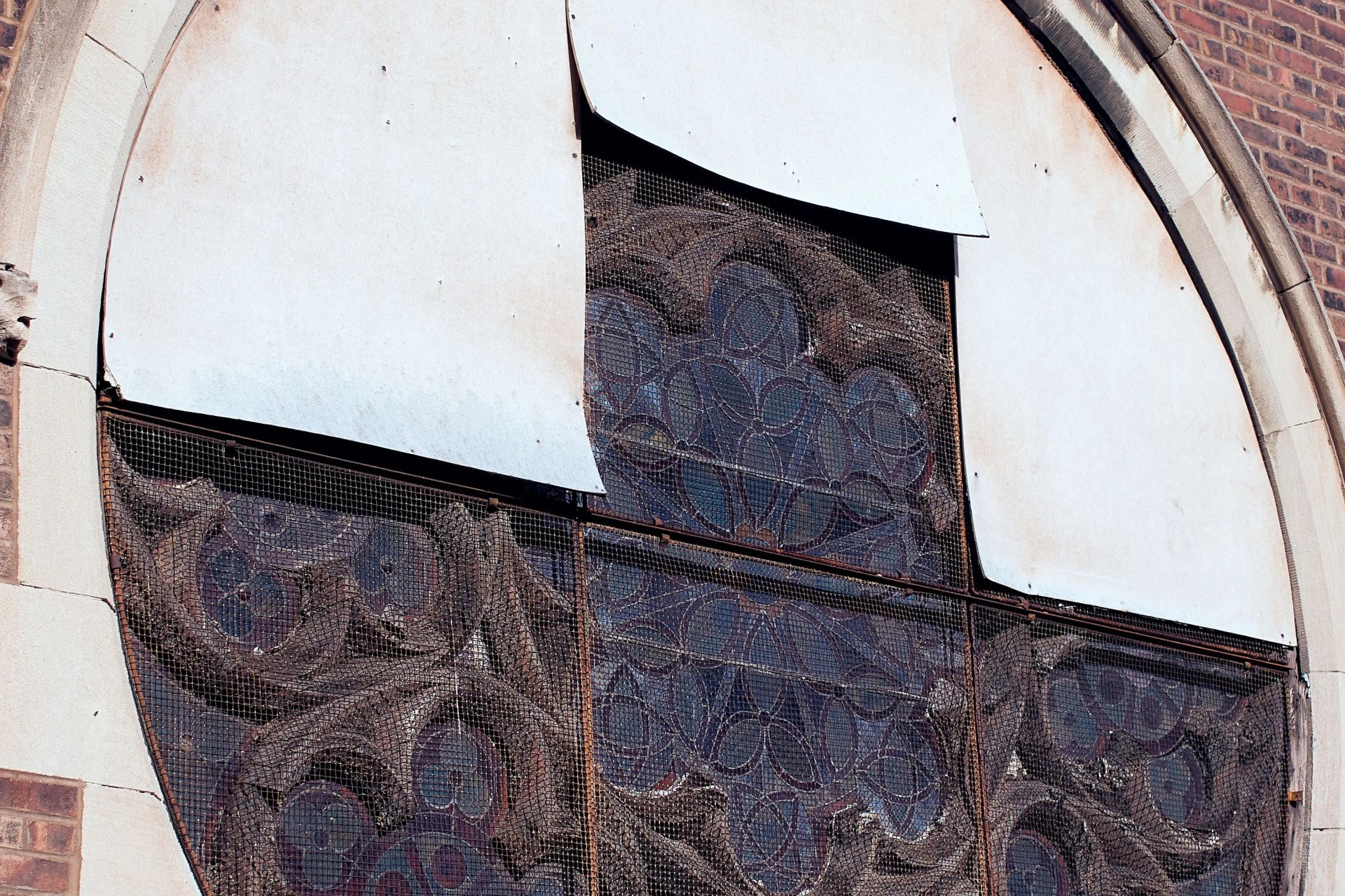This morning, Leica, the famed maker of iconic compact rangefinder cameras and lenses, introduced its newest flagship, the M11 ($8,995). Truthfully, you’d be hard-pressed to tell it from the outgoing M10, or even the original M3 which was introduced 68 years ago in 1954. Of course, this is kind of the whole point of the M series.
It’s best to think of the M as one of those luxury products that was beautifully over-engineered for a very specific group of nerds and that has since found life as a phenomenal example of attention-to-detail, craftsmanship and devotion to a central mission. In the case of a Rolex Submariner, it’s keeping time very well underwater. For the Porsche 911, it’s going around a track very quickly without being too complicated. With Leica M rangefinders, it’s shooting the highest quality photos in the absolute smallest possible package.


At the core of the M11 is what was excellent about the M10: classic film-camera proportions, a slew of physical controls (including an ISO-setting wheel near the viewfinder), that same fantastic rangefinder focusing system, compatibility with basically every Leica rangefinder lens made in the last 60 years and a simple, refined user interface. For such an analog experience, you’d be surprised to learn that where the M11 builds on the formula is almost entirely in the digital bits.
[image id=’52474a5e-f32a-4673-9e23-60eadda42feb’ mediaId=’3b9f0384-ca56-4afb-b8d0-34139454022f’ align=’center’ size=’medium’ share=’false’ caption=’28mm, f/11, ISO 64, 1/80
The amount of detail and dynamic range included in the full-fat 60-megapixel images is staggering. You’ll likely want to spend most of your time shooting at the reduced, 36 megapixel size just to spare your computer, but the sensor is an absolute wonder. Also of note: the absurdity of Leica’s lenses is on full display with the M11, this 28mm Summilux came out in 2015, but it shines even brighter these days with a super-high resolution sensor behind it.’ expand=” crop=’original’][/image]
The biggest selling point of the M11 is its brand new sensor. It’s a full-frame backside-illuminated unit that tops out at 60 megapixels. However, through the magic of a technology called pixel binning (common on some smartphones) it can also produce a 36- or 18-megapixel image, with improved dynamic range and noise performance (along with a substantially reduced file size). In addition to this wizardry, they’ve lowered the sensor’s base sensitivity to an ISO of 64 (down from ISO 100). Nikon users will recognize this as a fantastic little treat that not only allows shooting with wider apertures in daylight, but also brings the sensor’s dynamic range up to a whopping 15 stops. All this adds up to the highest performing sensor ever fitted to a Leica M camera.

